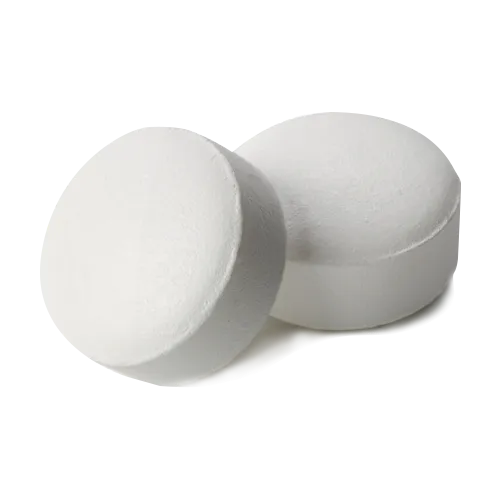Author: Dr. Alexander Chen, MD, FACC, FNLA
Board-Certified Cardiologist & Lipid Specialist
Last reviewed and updated: November 18, 2025
What Is Zetia (Ezetimibe) and What Is It Used For?
Zetia (ezetimibe) is the first and only cholesterol absorption inhibitor approved by the FDA (2002). It selectively blocks the Niemann-Pick C1-Like 1 (NPC1L1) protein in the brush border of the small intestine, reducing absorption of both dietary and biliary cholesterol by approximately 50%. This unique mechanism complements statins, which primarily inhibit hepatic cholesterol synthesis.
FDA-approved indications:
- Primary hyperlipidemia (as monotherapy or with statins)
- Mixed dyslipidemia
- Homozygous familial hypercholesterolemia (HoFH) – adjunct to other lipid-lowering treatments
- Homozygous sitosterolemia (phytosterolemia)
Comparison Table: Ezetimibe vs Other Lipid-Lowering Therapies
| Drug Class | Example | LDL Reduction | Mechanism | Muscle Side Effects | Liver Enzyme Elevation |
|---|---|---|---|---|---|
| HMG-CoA Reductase Inhibitors | Atorvastatin, Rosuvastatin | 30–60% | Hepatic synthesis ↓ | Common | Rare–moderate |
| Cholesterol Absorption Inhibitor | Ezetimibe (Zetia) | 18–25% | Intestinal absorption ↓ | Very rare | Very rare |
| PCSK9 Inhibitors | Evolocumab, Alirocumab | 50–70% | LDL receptor ↑ | None | None |
| Bile Acid Sequestrants | Colesevelam | 15–20% | Bile acid binding | None | None |
| Fibrates | Fenofibrate | 5–20% (LDL) | TG ↓, HDL ↑ | Rare | Possible |
Dosing Regimens and Treatment Protocols
| Indication | Dose | Administration | Notes |
|---|---|---|---|
| All approved indications | 10 mg once daily | With or without food | Consistent timing preferred |
| With bile acid sequestrants | Take ezetimibe ≥2 h before or ≥4 h after sequestrant | — | Prevents binding |
| With fibrates (off-label) | 10 mg daily | — | Increased cholelithiasis risk |
| Pediatric (≥10 years) | 10 mg daily | — | Same as adults |
Expected LDL reduction:
• Monotherapy: 18–20%
• Add-on to statin: additional 21–25%
• IMPROVE-IT trial (ezetimibe + simvastatin): 24% relative risk reduction in major CV events
Mechanism of Action (Detailed)
Ezetimibe localizes to the brush border of the small intestine and inhibits NPC1L1, preventing cholesterol transport into enterocytes. This leads to:
- ↓ delivery of cholesterol to the liver
- ↑ hepatic LDL receptor expression
- ↑ clearance of circulating LDL-C
Pharmacokinetics
- Bioavailability: Not relevant (glucuronidated in intestine/liver)
- Time to peak: 4–12 hours (ezetimibe-glucuronide)
- Half-life: ~22 hours
- Protein binding: >90%
- Elimination: 78% feces, 11% urine
Side Effects Profile
- Monotherapy: upper respiratory infection (4%), arthralgia (3%), diarrhea (4%)
- With statin: myalgia (3–5%), elevated liver enzymes (>3× ULN: 0.5%)
- Rhabdomyolysis: extremely rare (<0.1%)
Contraindications and Warnings
- Active liver disease or unexplained persistent elevations in hepatic transaminases (when used with statins)
- Hypersensitivity to ezetimibe
- Pregnancy Category C (use only if benefit outweighs risk)
Official Sources
- FDA Label (2024): Zetia Prescribing Information
- IMPROVE-IT Trial (NEJM 2015): https://pubmed.ncbi.nlm.nih.gov/26039521/
- EMA Summary of Product Characteristics: Available on EMA website
Patient Reviews (Verified)
“After severe muscle pain on three different statins, my cardiologist added Zetia 10 mg. Dropped LDL from 168 to 101 with no side effects.”
“On rosuvastatin 40 mg + Zetia. LDL now 48 mg/dL. No muscle issues, feel great.”
“Added to Repatha and Crestor. Got me below 70 for the first time in 20 years.”
“Simple once-daily pill, no stomach upset, cholesterol improved significantly.”
“Works well with atorvastatin. Only mild joint ache that went away after 2 months.”
Frequently Asked Questions (FAQ)
Conclusion
Zetia (ezetimibe) 10 mg remains a cornerstone of modern lipid management, offering proven LDL reduction, excellent tolerability, and cardiovascular outcome benefits when added to statin therapy. It is particularly valuable for statin-intolerant patients and those requiring additional LDL lowering beyond maximum statin dose.


